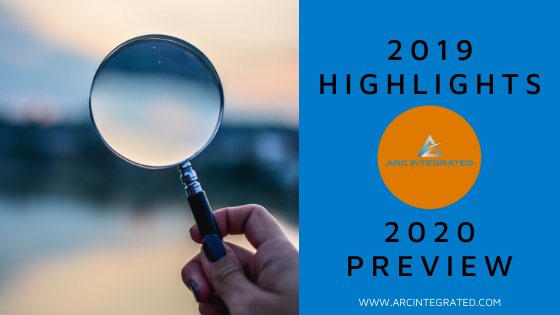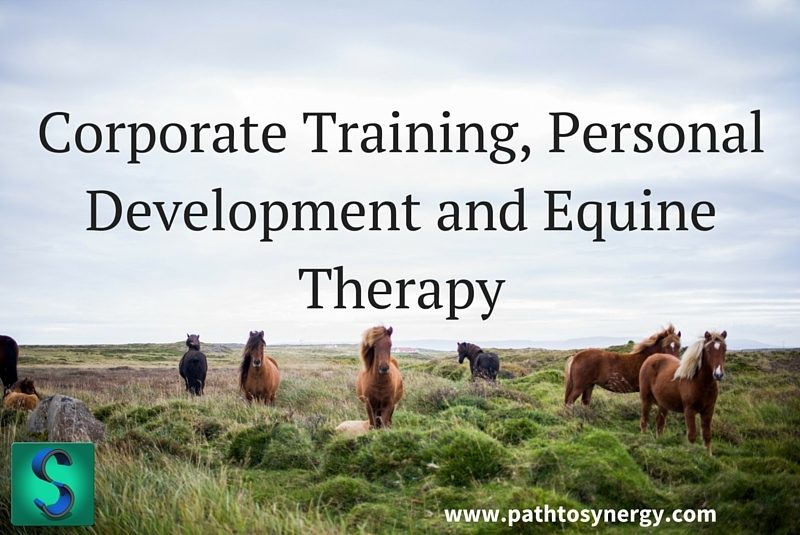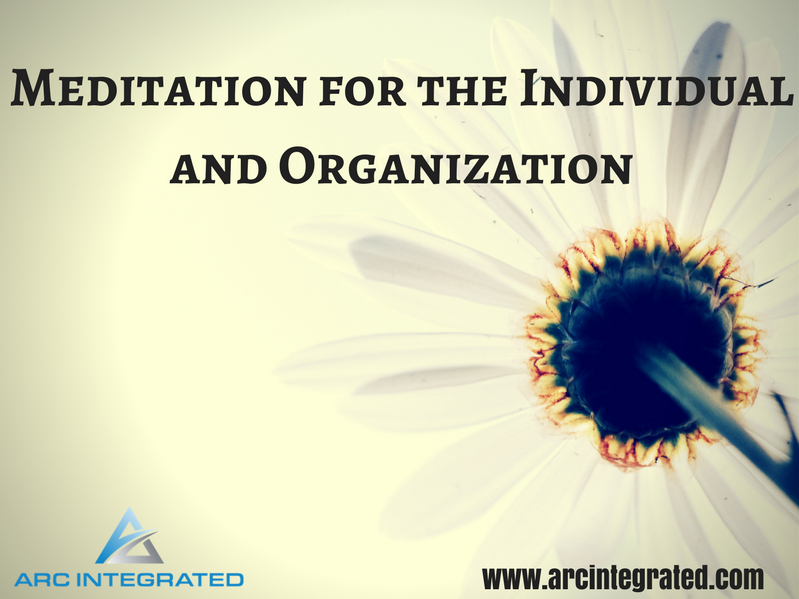
As you may know, leaders have an outstanding impact on organizational culture. Many leaders don’t even realize how much of an influence they have. They are responsible for efficiently guiding organizational goals and achievement, while also ensuring that their team is utilizing their skills to produce the desired productivity level. Leadership should be happening at all levels, and it’s necessary to establish that management is well equipped with leadership skills.
Effective leadership can influence your organization’s values by demonstrating an ideal attitude in the workplace, modeling behaviors, establishing vision among the employees, reinforcing accountability, the list goes on and on.
Here’s how leadership skills can influence the value of your organization:
Model Behaviors
Leaders have to be able to walk the talk and lead by example. Remember, your team is looking up to you to take the lead and display and communicate your expectations, and they especially look to you when there’s change. The values that truly exist in an organization’s culture, are the ones that are being modeled by those within the organization.
Establishing Purpose, Vision, and Goals Among The Employees
People like to know exactly what is expected from them. They like clarity, especially when it comes to their roles and expectations. So, it’s super important to communicate with your employees on what your organization’s purpose is, its brand and image guidelines, the direction of the company and even what specific level of productivity is required of them at your organization. Your leadership style and the way you communicate this to your employees can have a huge impact on the perspective of your organization’s values among your employees.
Setting Expectations and Helping Your Employees Grow
Most people have goals to improve their professional skills and make a difference. In order to do this, leaders must provide them with the tools, resources, and opportunities that allow them to grow and build confidence in their ability to meet the expectation that is set out at your organization. A great way to establish this level of communication between you and your employees is to encourage and support them to set personal development goals each year within your organization. This will allow your employees to challenge themselves and become a better version of themselves with your help and it will positively impact your organization as well.
Reinforce a Culture of Accountability
Accountability is one of the most important ways for leaders to influence culture. When leaders hold people accountable, it helps people understand and learn that they are accountable for the things they do. Without accountability measures in place, a leader will not be able to influence the team. Accountability also creates more choices for all those involved. It provides clear direction which then allows for more autonomy, typically resulting in higher performance and greater engagement.
Making accountability a part of your culture begins with having detailed job descriptions with clearly established measures, so people are clear on what success looks like. This will help them get a clear understanding of their expectations and their deliverables and they will know that their reviews are going to be based on those agreed criteria. It is very important to be transparent when building a culture of accountability.
Make It Personal For Your Team
So after modeling desired behaviors, establishing a clear purpose, and holding people accountable, you still have to make more emphasis on culture and performance if you want to make it personal. Establishing the desired culture, as well as navigating any kind of change will become more challenging unless you connect with them emotionally and rationally.
This simply means understanding what personally motivates them, making sure to give them the opportunity to develop new skills, and working to create a work environment that not only works for the organization but also works for them.
Remember whenever you are making a change, even if it’s a small one, you are influencing and changing organizational culture. Always remember the influence you have as a leader and that culture is always fluid.
Resources:
- Blog Post: What’s the difference between leadership and management?
- Blog Post: How to Become The Best Listener at Work
- Blog Post: The Risk of Stalling Communication
- Get a FREE copy of the Changes Playbook
- Video: Why We Don’t Use Webinars for Engagement + An Activity To Do Instead
Learn more about Arc Integrated:
- About Michael Diettrich-Chastain LPC + The Team
- Learn About Our Professional Leadership Coaching Services
- Schedule a Free Coaching Call Consultation With Michael








